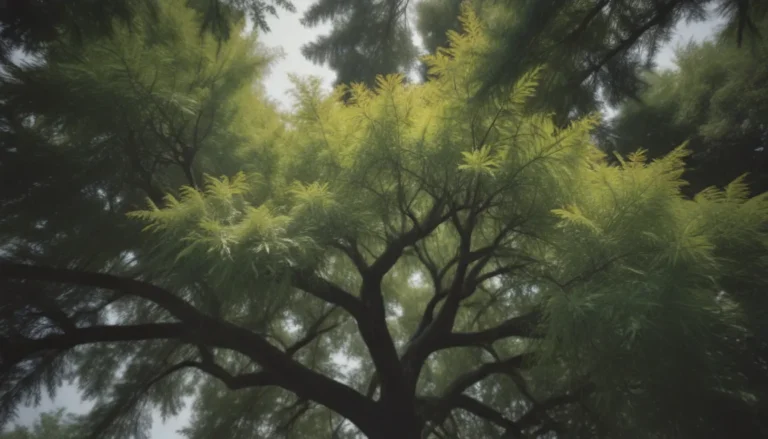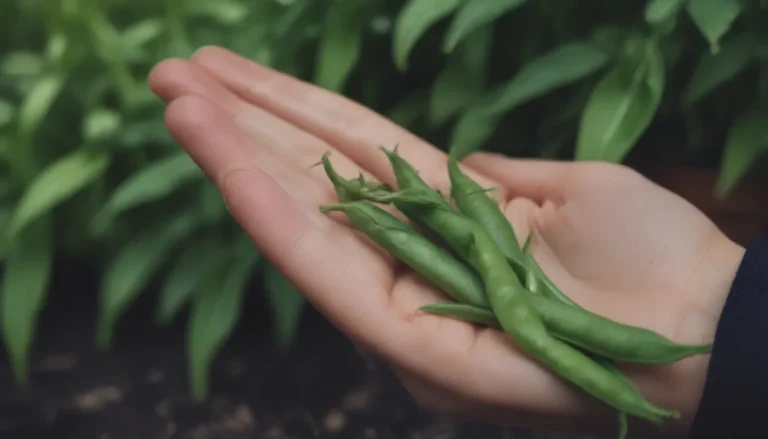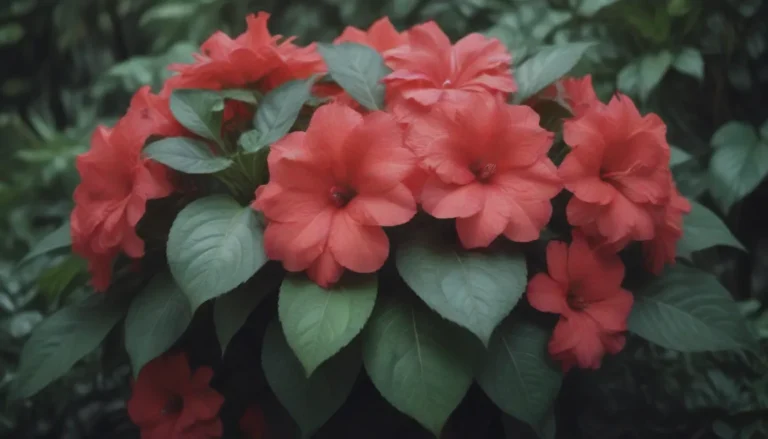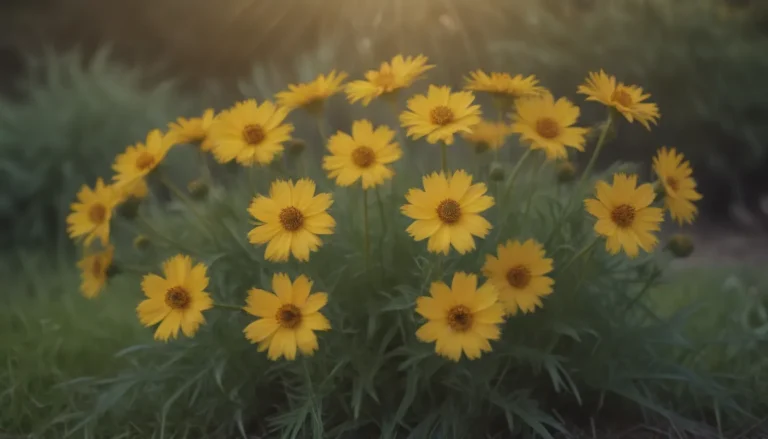A Comprehensive Guide on Growing and Caring for Peace Rose

Welcome to our in-depth guide on how to grow and care for the beautiful and popular Peace Rose! Peace roses, also known as Madame A. Meilland cultivar, are beloved for their double blooms, stunning colors, and lovely fragrance. In this article, we will provide you with valuable information and tips to ensure your Peace Rose thrives and blooms beautifully in your garden.
Why Choose Peace Rose
- Peace roses are hardy in nature and are known for their beautiful double blooms with large petals.
- They produce large, yellow blooms with soft pink tips and dark green, glossy leaves.
- Peace roses are great cut flowers that not only add beauty to your garden but also fill the air with a lovely fragrance.
- These roses have won awards and have been voted into the Hall of Fame with the World Federation of Rose Societies.
Peace Rose Care Tips
Caring for Peace Roses does require some specific care, but they are hardy plants that can thrive with the right conditions. Here are some essential care tips for your Peace Rose:
Light
- Peace roses thrive in lots of sunshine and require at least 6 hours of sunlight during the growing season.
- While they can tolerate partially shaded areas, planting them in an area with plenty of sunlight will ensure optimal blooming.
Soil
- Rich, loamy soil with acidic to neutral pH is ideal for Peace roses.
- Before planting, make sure to work the soil well and add generous amounts of compost to improve drainage and enrich the soil.
Water
- Peace roses have average watering needs, so long as the soil drains well.
- Check the soil moisture regularly and water when the top inch is dry. Water the plant about two inches per week while it is growing and blooming.
- Once the rose stops blooming, cut back on watering and only water when the soil dries out.
Temperature and Humidity
- Peace roses can be grown within USDA hardiness zones 5 to 9 and can handle frost and hot temperatures.
- They do best with average humidity levels, so ensure they have good airflow to prevent moisture-driven fungal diseases.
Fertilizer
- Peace roses thrive in nutrient-dense soil, so amend the soil with compost before planting.
- Use a fertilizer specifically formulated for roses or a well-balanced, high-quality fertilizer beginning with the first early spring pruning.
Types of Peace Roses
There are different varieties of Peace Roses that you can choose from, each with its unique characteristics. Here are a few popular types:
- Climbing Peace
- Chicago Peace
- Garden Party
Pruning Your Peace Rose
Proper pruning is essential for growing a healthy rose shrub. Here are some tips for pruning your Peace Rose:
- Prune in early spring by cutting away dead branches and branches that are crossing or rubbing against each other.
- Keep the center open for airflow and prune long branches to about 6 inches from the base.
- Remove suckers later in the growing season when they are easier to identify.
Propagating Peace Rose
You can propagate Peace Rose bushes by hardwood cuttings in the fall or by chip budding in the summer. Here are some instructions for propagating using both methods:
Hardwood Cuttings
- Take sharp snips and a pot of well-draining, sandy soil mix.
- Prepare the cutting and pot in the soil mix with rooting hormone.
Chip Budding
- Use a sharp knife and a rootstock plant.
- Prepare the bud from your Peace Rose and graft it onto the rootstock plant.
Growing Peace Rose From Seed
You can also grow Peace Roses from seeds. Here are some steps to follow:
- Collect the seeds and plant them in well-draining soil.
- Provide ample sunlight and water regularly until the seeds sprout.
Potting and Repotting
If you choose to keep your Peace Rose in a container, make sure the pot is large enough to accommodate the plant’s roots. Here are some tips for potting and repotting your Peace Rose:
- Choose a large, deep pot with good drainage.
- Monitor the soil moisture and growth of the rose, and repot when the plant outgrows its current container.
Overwintering Your Peace Rose
To help your Peace Rose survive cold winters, follow these tips:
- Stop trimming spent blooms in the fall to allow the bush to go to seed.
- Cover the bottom of the shrub and the bud union with fresh soil to insulate against frost.
- Perform any necessary pruning in the fall and remove the added soil in the spring.
Encouraging Blooming in Peace Rose
To ensure your Peace Rose blooms beautifully, follow these tips:
- Deadhead throughout the growing season.
- Provide plenty of sunlight and feed regularly with rose fertilizer.
Common Problems With Peace Rose
Despite being a hardy variety, Peace Roses can still encounter issues like bloom failure or yellowing leaves. Here are some common problems and solutions:
No Blooms
- Lack of nutrients or sunlight is often the cause of a rose bush not blooming.
- Ensure the plant is getting enough nutrients and sunlight throughout the growing season.
Yellowing Leaves
- Yellowing leaves can be a sign of overwatering, under-fertilizing, or disease.
- Check the soil moisture and adjust watering and fertilizing as needed. If disease is present, remove infected leaves and apply a fungicide.
In conclusion, Peace Roses are stunning and fragrant flowers that can thrive in your garden with the right care and conditions. By following these tips and guidelines, you can enjoy beautiful blooms and a healthy Peace Rose plant in your garden. Enjoy the beauty and fragrance of these lovely roses in your outdoor space!





